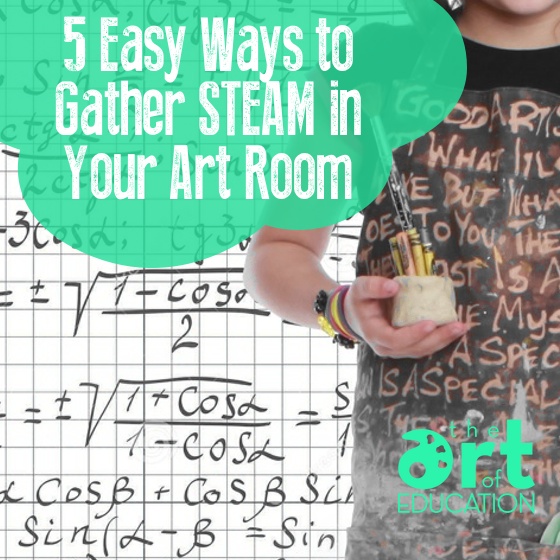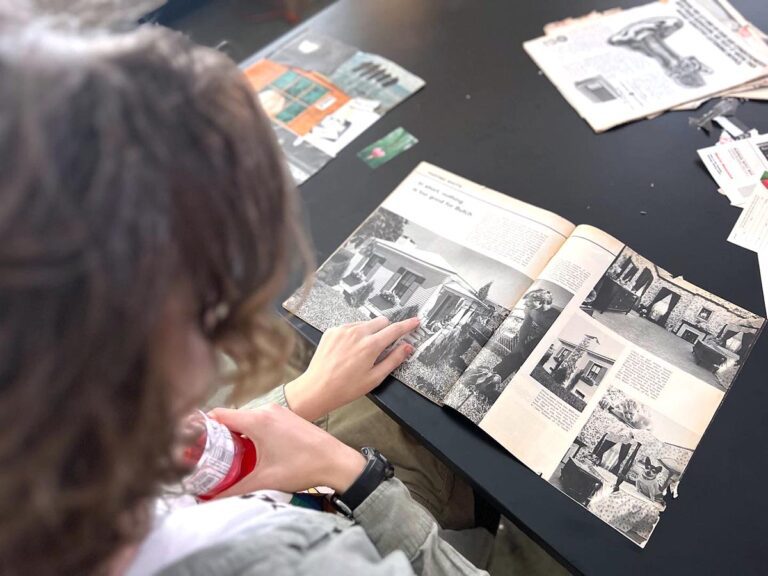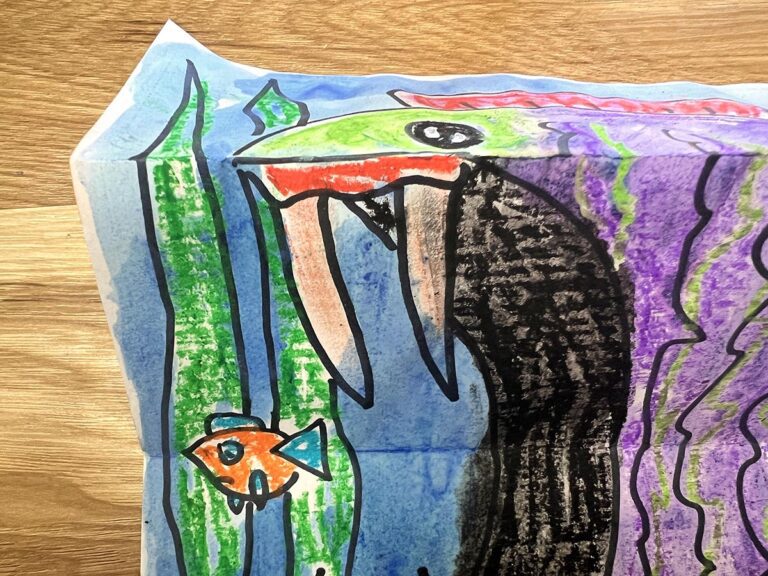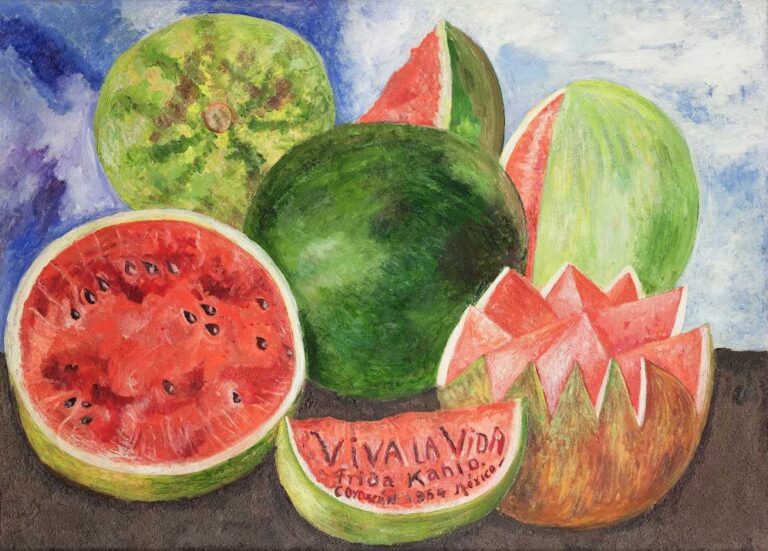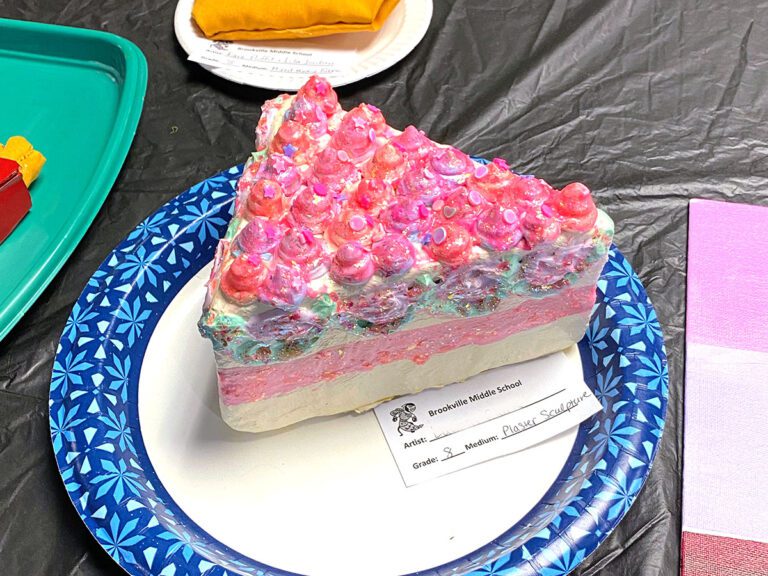No doubt you’ve heard about STEM initiatives in your district or state. Hot on STEM’s heels is STEAM (Science, Technology, Engineering, ARTS, and Math). Although true arts integration is a two way street, why not enrich your own classroom with some easy connections?
Here are 5 great ideas to get the ball rolling.
1. Build a cardboard arcade!
Check out this incredibly inspiring documentary about Caine, a boy who built his own arcade completely out of found materials. Use some grade-level math or physics standards to help deepen the connection for students as they create their own arcade games.
2. Embrace the influence of technology.
Even if you aren’t ready to use technology in the art making process, you can still draw other ties. Have your students design an app, using design principles to make it marketable and visually appealing. Have students write “customer reviews” and nail those new national standards.
3. Math, especially geometry, is a natural place to enter the world of STEAM.
Think tessellations, the Golden ratio, the grid transfer method, or perspective. Don’t be afraid of articulating these math connections to your students, and be sure to post them with student work displays.
4. When thinking about art and engineering, don’t miss out on Bran Ferren’s TED Talk about his own life-changing experiences.
Take teaching architecture to a whole new level by exploring form and function.
5. Non-fiction text is a huge part of science.
Ask your science or biology teacher for some articles that connect to current student learning. Have your students illustrate the articles, using good design principles, to communicate a scientific idea, structure, or process.
Making the STEAM leap is easier than you might think! Integrating other subject areas does not mean you have to sell out great art content. Connect the two and really make an authentic experience for students in a STEAMy classroom!
How do you incorporate Science, Technology, Engineering and Math into your art room?
Does your district support STEM or STEAM? We hope it’s the latter!
Magazine articles and podcasts are opinions of professional education contributors and do not necessarily represent the position of the Art of Education University (AOEU) or its academic offerings. Contributors use terms in the way they are most often talked about in the scope of their educational experiences.
